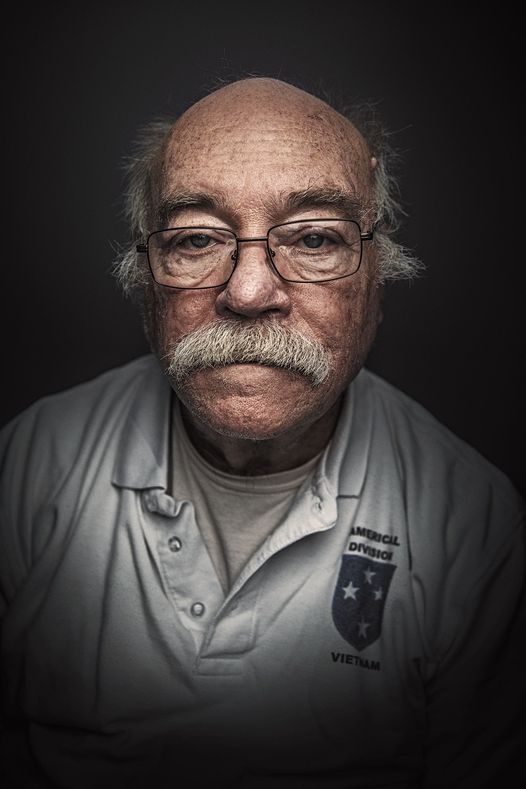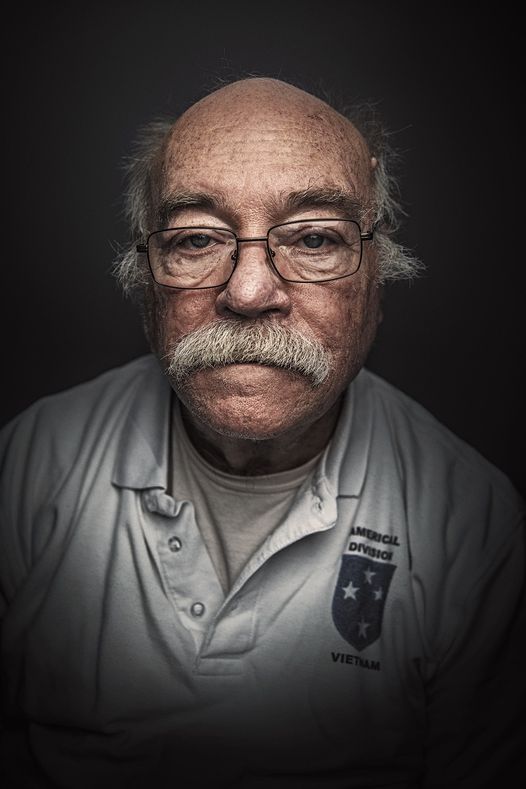By: Sgt. Ron Griffin US Army Field Artillery 1969-71
Back in late April early March, I had the privilege of being picked as one of the 52 Vietnam War Veterans treated to a return trip to today’s Vietnam by the Old Glory Honor Flight program. For me, it was a chance if a lifetime. The chance to put some personal ghosts to rest as well as a chance for the military historian in me to visit some areas of the country that I never served, and, put my top bucket list items to bed.
The trip began in a snowstorm from Menasha High School. We traveled on two buses to Chicago’s O’Hare Airport for the first leg of the trip. From O’Hare we flew on China Eastern Airlines north to the Arctic Ocean then down through the former Soviet Union to Shanghai, China. What a weird feeling flying over the two main allies of our former enemy, North Vietnam, to get back to where we fought.
After a three-hour layover (after the 13 ½ hour flight fro0m Chicago to Shanghai) we took a four-hour flight finally arriving in Ho Chi Minh City, formerly Saigon. We landed in the dark at 2:00 am local time, at Tan Son Nhut, the same airfield the US used during the war. After going on 30 –plus hours with little sleep most of us were too tired to take much note of the airport or the bus ride to the hotel.
The Honor Flight Program contracted with an experienced tour company to handle the trip and the first day we began a whirlwind look at the country. First was a tour of Saigon, we quickly learned that the war-era country and modern-day Vietnam were complete opposites to one another. Oh! The Traffic! It seems everyone in Saigon (population over 14 million) has a motor scooter. Stops in Saigon included; the Presidential Palace, War Remembrance Museum, Old Colonial Post Office (tourist attraction), a drive-by of the US Consulate (the Embassy building no longer exists), and the old CIA Headquarters building.
After the tour of Saigon, came a day in the area northwest of the city that contains the Cu Chi tunnel complex, the iron Triangle area (tunnels used during the war), and the Black Virgin Mountain. Stops included Tay Ninh and Bien Hoa. All were areas of major US combat during the war but very little remains of the US facilities and bases, just bits and pieces that are now surrounded by farms, shops, and roads that today’s Vietnamese use daily. On the third day, we visited the Mekong Delta, My Tho, Tan An Province, Ap Bac, and several islands on the river. Followed by a flight to Danang where we visited; China Beach, Hoi An, Marble Mountain, Hill 55 (the site of an Us Marine Corps), and Red Beach. The next day was a bus ride over the Hai Von Pass into Hue, stopping first at
Phu Bai/Camp Eagle (a former US Marine Air Base and US Army base respectively). After an overnight stay, we toured the Hue Tet’68 battle site. Another bus ride north to Dong Ha and Camp Carroll Marine Base, the Rockpile (US Army and Marine Corps observation post and artillery base from 1966-69). Khe Sanh, Lang Vei Special Forces Camp, Con Thien an Cam Lo Marine Combat bases, and into the old Demilitarized Zone (DMZ) area.
Though we could not visit all the areas where US troops were located, most of the Veterans in our group were able to visit at least one or two locations of personal interest. Our group consisted of veterans from all services., including guys who served in just about every theatre the US fought in. For example, I am an Army Veteran and although we didn’t go near the area I was mostly located in (aro9und Chu Lai Combat Base) we did go by areas that I served in along the old DMZ. I had hoped to place a unit coin, at the site where a member of my unit was killed, but, unfortunately, they had moved the route of the road over the years, so now there is a river between it and the firebase I wanted to reach. The other site I wanted to visit is now a Vietnamese Army Base.
The final few days were spent flying north top Hanoi with stops at Ho Chi Minh’s mausoleum, his living quarters, the” Hanoi Hilton” prison and several old imperial and colonial-era sites. Finally, a two-hour flight back to Saigon, then onto Shanghai, and, finally Chicago, before returning to a fantastic welcome reception at the Menasha High School in another snowstorm.
Was it worth it? I can’t speak for every one of the 52 veterans and 20 odd others on the tri. But my answer is a very empathetic “yes”. As a historian myself, where so many important historical events happened, while the tour group’s historian provided background information gives me new perspective to those events. aAnd as a combat Vet with PTSD, I was able to put a few of those personal ghosts behind me. So, yeah, it was definitely worth the long flights, bad back, and “interesting” local cooking.
Thank you Old Glory Honor Flight Program and Military Historical Tours for my trip of a lifetime.


